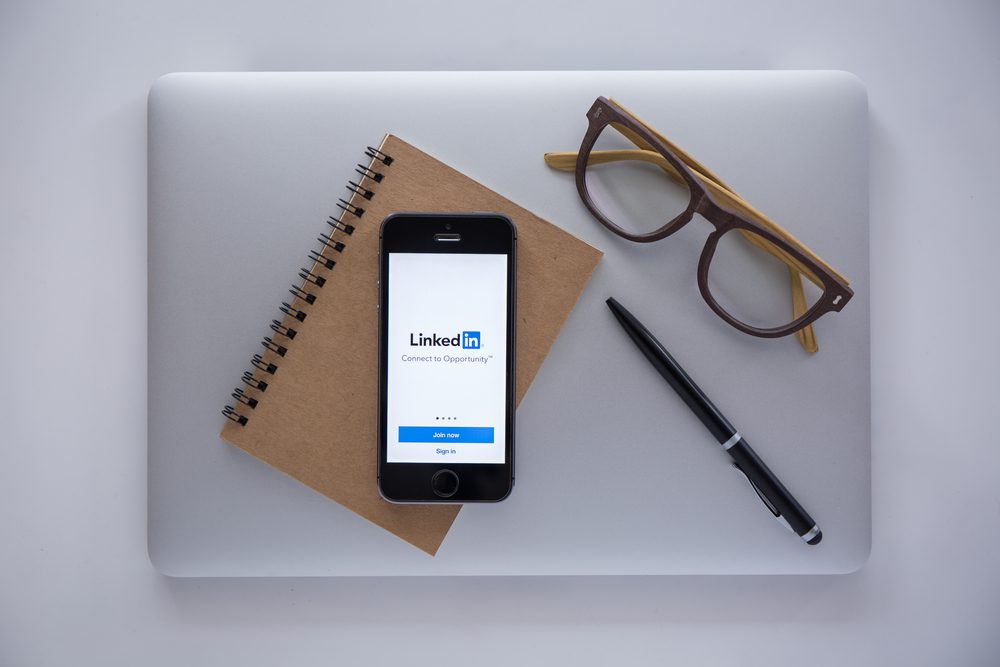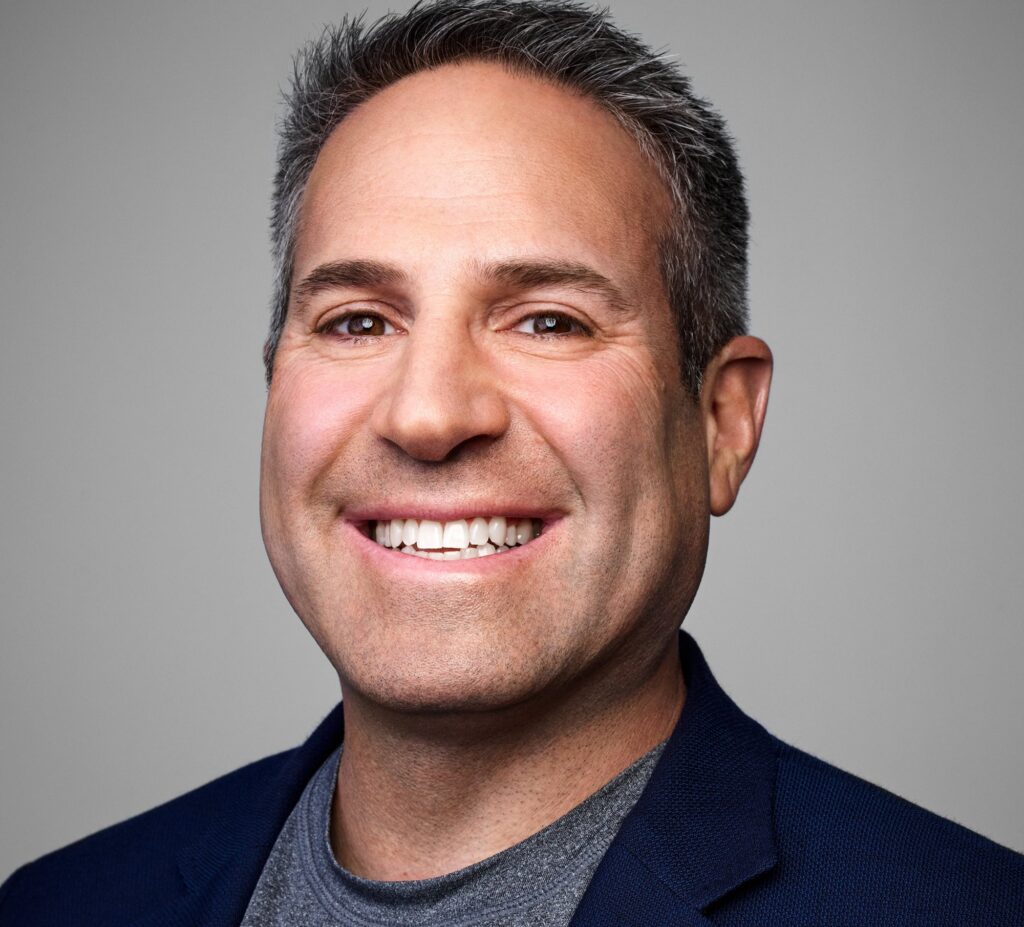After news broke last month of the development of Bud.TV — costing an estimated $30 million — 500 phone calls and hundreds of e-mails streamed into parent Anheuser-Busch in two days prompting a designated phone line to be installed at DDB Worldwide, the lead agency managing and producing Bud.TV. The site, one of Budweiser’s most talked-about marketing ploys in years, is expected to thrive on both brand- and consumer-content creation. Launching Feb. 5 on eight channels, content will range from comedy to sports to “Bud Tube.” The effects are expected to reach far beyond just Web visitors.
Jim Schumacker, VP-digital marketing at Anheuser-Busch, is working exclusively on Bud.TV these days, leading the effort and team on all fronts. He spoke with PROMO about the ways in which Bud.TV will impact the brand and its fans.
PROMO: How did the idea for Bud.TV come up?
Schumacker: What really drove us to Bud.TV is the long-form content that we’ve done; just looking at 10,000 scripts each year that had the potential to go beyond 30-seconds and our character development (think Yes I am, I Love you Man, the Wassup guys). Bud.TV is an incubator to develop shows to potentially sell to networks; it gives directors an opportunity to work with us or to make some revenue on the backend by going to network TV. This venue lets us produce some creative that, in years past, we never could have.
PROMO: How much of the budget is directed toward Internet efforts?
Schumacker: Last year 5% of our media was spent on our Internet strategy and it has doubled to 10%. That money comes out of media — some from primetime, some from cable.
PROMO: What makes you think that Bud.TV will be successful?
Schumacker: One thing that really opened managements’ eyes was two years ago when we ran Wardrobe Malfunction, which was a parody of what happened at the 2004 Super Bowl [Janet Jackson flashing the halftime audience]. We had some articles written about it and 1.7 million people viewed it in one week. We had another 700,000 people view our other Super Bowl ads over a four-day period. Wardrobe Malfunction showed that we could produce something and not run it on TV and people would still come and see it. Last year, we spent a minimal amount of dollars on third-party online advertising and we ran our Super Bowl spots on MSN, ESPN, Bud.com and two or three other sites and we had 22 million people view them in four days. Every time we bring that stat up everybody is astounded. It shows the power of what people have come to expect from our advertising.
PROMO: Is the development of Bud.TV also about getting consumers to spend more time with the brand?
Schumacker: It is one of the original objectives. Beyond entertaining our consumer and building a positive image for the Bud family, we’re trying to widen our database and customize our one-on-one relationship with consumers. We want to make sure this whole site is interactive. It’s a lean in experience so it’s very engaging versus the totally passive lean back experience, which is network TV.
PROMO: Will the content and channels you’re creating offer the opportunity for promotion?
Schumacker: We will have some. There will be contests like having visitors go out and shoot their own Ted Ferguson ads that we’ll post at the site. We’ll have Ted Ferguson host an awards showing the Top 10 videos and have consumers vote on Bud Tube for the spots they like best. We could either run that exclusively on Bud.TV or we can sell it to a network. So there is, in a sense, a promotion to get people excited to coming to Bud.TV.
Another idea that we’re developing right now with Live Planet, which is Matt Damon’s and Ben Afflick’s production company, is a short film segment called “tell the story”, where we shoot the beginning and the end of a film. Consumers then shoot the middle and vote for their favorite and then we’ll shoot the middle and finalize the film.
We’re also developing a show, everyone keeps saying it’s The Dating Game, but it’s not. It’s a reality game show that we’re taking to 25 markets in a four-to-six week promotion. The retailer will hold casting calls for people to get on the show in bars. We’ll then shoot the shows in bar. So there will be retail application from a promotional standpoint so it does give our wholesaler something of value, and also drives people back to Bud.TV.
PROMO: How will Bud.TV help drive sales?
Schumacker: We are going to give the consumer a positive experience, hopefully, and just like building a brand image, which takes years, we feel that we can help build a more positive image for the Bud family and hopefully beyond. At the end of the day can we measure sales versus a year ago because Bud.TV is there? No, because Bud.TV is just going to be part of the marketing mix that we develop at Anheuser-Busch.
PROMO: In terms of catching eyeballs, do you think the Internet has outpaced TV spots for the Bud demographic?
Schumacker: We’ve had meetings with the Fox and NBC digital groups because I don’t believe the programming they have right now delivers against the 21- to 27-year-old male audience. The programming we’re going to develop will have a nice crossover appeal between both demos [male and female]. I think the beauty of Bud.TV and the Internet is there’s no time constraints on how long your show is. It’s a very nimble vehicle, unlike networks. We’re going to produce two to four shows for each channel, so if we have a show called Replaced by a Chimp, and people don’t view it or we don’t advertise it properly, we can pull it and we put in a new show. It’s a little more difficult for networks to do that.
PROMO: Since Bud.TV officially launches the day after the Super Bowl 2007, will you use the game as a marketing platform for the debut?
Schumacker: We’re utilizing the Super Bowl as a platform to launch Bud.TV, but we’re still discussing internally, whether that will be electronic billboard, a 30-second spot; we’re not sure, yet. Stay tuned.



